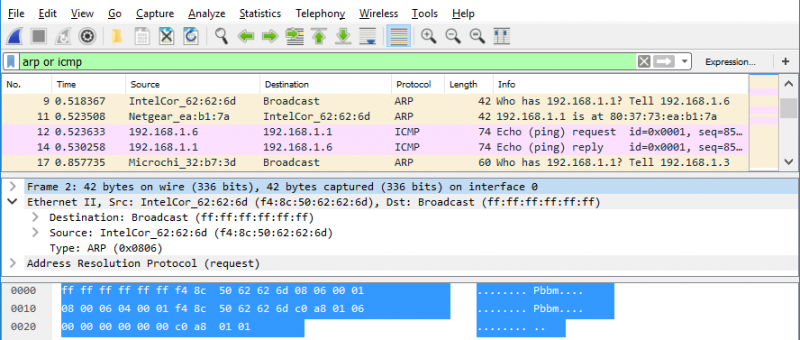
In this research, packet filtering methods based on DSCP code applied to the Netfilter system are used to do prevention of DHCP Starvation attacks, this method has proven to be very effective in making prevention and more efficient when applied on small scale wireless networks such as at office networks and internet cafe. Various methods such as authentication, cryptography, and machine learning are used by researchers in preventing DHCP Starvation attacks, but the issue of effectiveness and efficiency still opens up further research opportunities. Packet length - The Size of the packet in bytes Packet Info - Extra details about the packet.

You could refine it more by using a byte count if you wanted to. Source - This is almost always an IP address, but may be a MAC address if devices are not using IP Destination Protocol - The highest level protocol that this packet is using. So for your case, you could do: eth.addr matches 'x01x02.x04x05' This will look for those byte sequences in either the source or destination MACs. But it turns out that there is a security threat to DHCP service, namely DHCP Starvation attacks that can be exhausting the availability of IP addresses in DHCP service so that the configuration of IP address automatically can no longer be done on the client. This will look for ethernet destination addresses that have a 0xFF followed by something (or nothing) and another 0xFF within it. For easy access to the network, DHCP service become a standard feature that must exist, because ordinary users no longer need to think about procedures for configuring IP addresses, all of which have been done automatically by the DHCP service. Notice that the source address is your IP address. Expand Internet Protocol Version 4 to view IP details.

You can use ipconfig /all and arp -a to confirm. The use of the internet today has become a necessity, the most commonly used media to connect to the internet is a Wireless LAN network. The destination should be your default gateways MAC address and the source should be your MAC address.


 0 kommentar(er)
0 kommentar(er)
